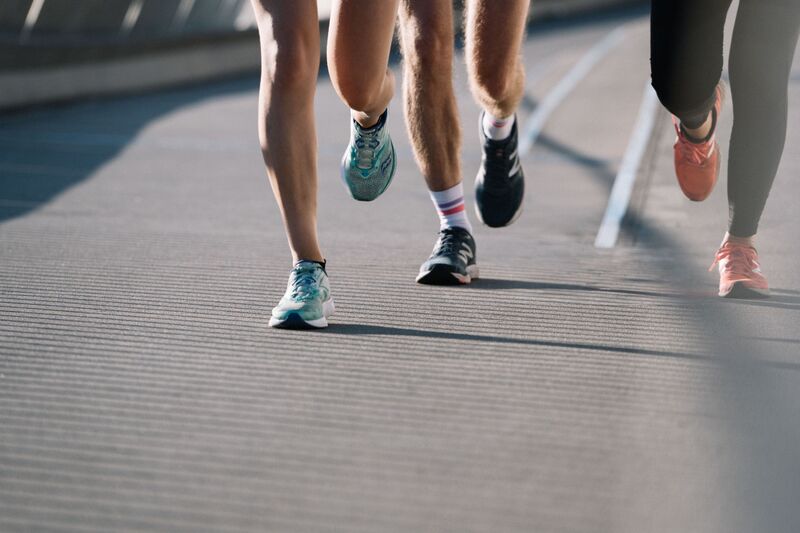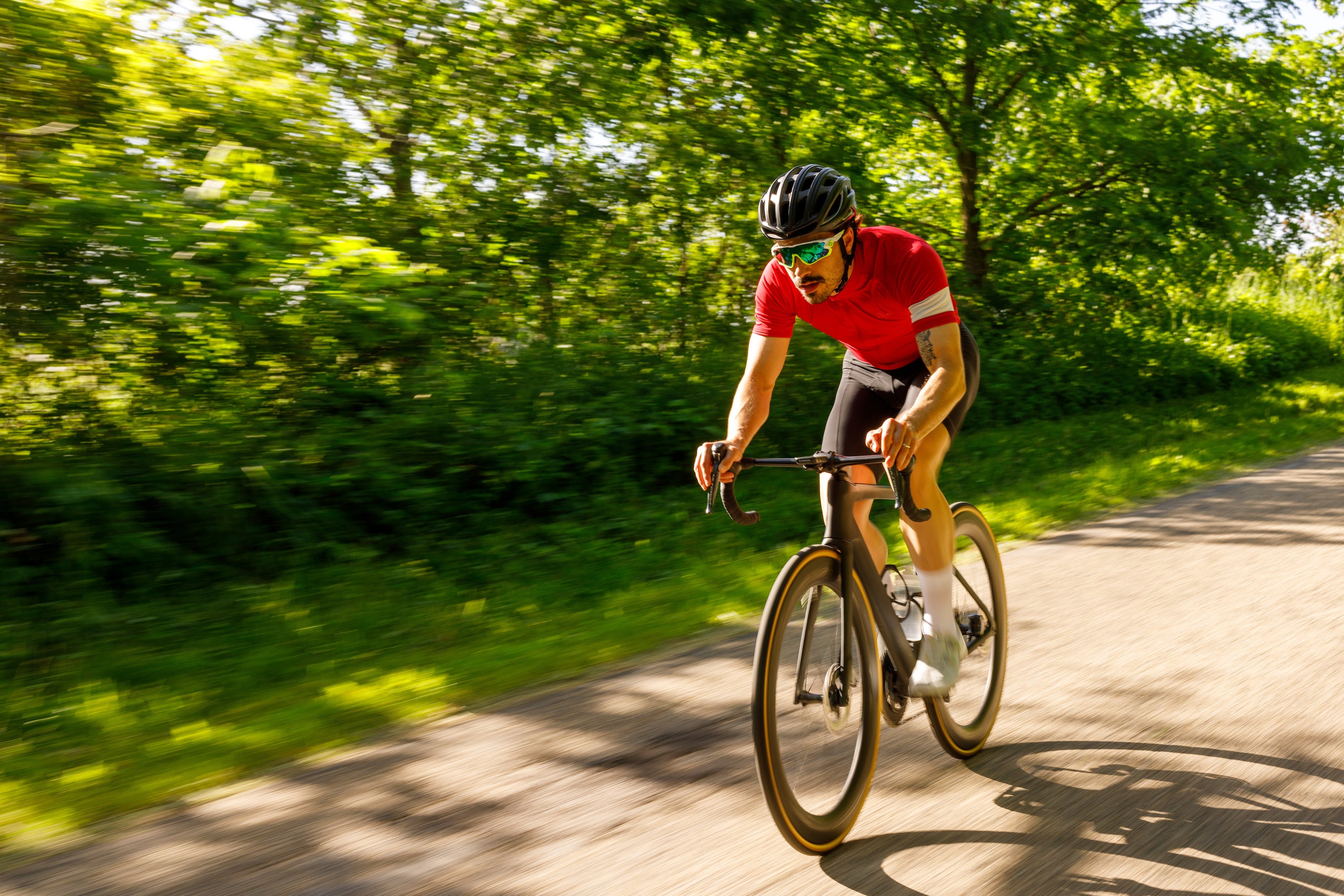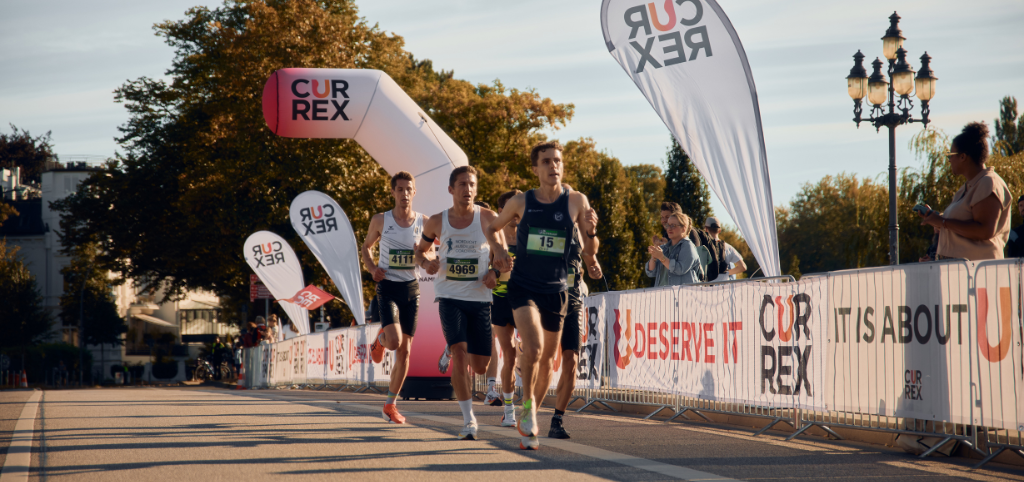Fact check insoles

Fact check insoles
Athletes often suffer from overuse injuries. The causes are varied and have not yet been scientifically proven. Insoles are a classic form of therapy, but do insoles really help? Today we take a look at the scientific background and do a fact check.
RECORD - The mode of action of insoles in the past
In the past, insoles were mainly used to intervene "mechanically" in the movement process, i.e. insoles were supposed to straighten the skeleton PASSIVELY. One of the most common explanations for the effect of insoles is that they should prevent excessive movements of the foot, especially excessive pronation, i.e. the foot should be straightened and this should lead to a realignment of the skeleton. Scientists have long been of the opinion that excessive pronation is the cause of many ailments and overuse complaints of athletes. However, scientific proof for this explanation could not be provided until today.
The results of scientific studies are very contradictory - some confirmed mechanical effects, other studies found little or no effect of insoles on foot movement and skeletal alignment. The studies on the kinematic changes caused by insoles on the musculoskeletal system are extremely heterogeneous and do not show any systematic approach. It therefore seems to be very difficult to prove the effects of insoles.
Study design over time
2D video analyses. The first kinematic studies were still 2D video analyses, as developed by the pioneers of movement analysis, such as Benno Nigg, in the 1970s. This was then used, for example, to try and measure changes in the Achilles tendon angle caused by foot orthoses - but the results were unsuccessful.
3D analyses. When 3D video analysis emerged, it was hoped that the more precise measurement methods would provide evidence, but even then no real progress was made.
Bone pins. In the 2000s, studies were carried out by Stacoff, who inserted screws (bone pins) into the bones in order to gain insights into the real movements of the bones. He came to the conclusion that the bony system can only be influenced to a small extent by insoles and suspected that insoles could possibly have more of an effect on receptors via soft tissue displacements or stimulation. Nevertheless, there were many more studies that attempted to measure the kinematic effects of foot orthoses.
The "mechanical mode of action" of insoles is increasingly being called into question. More and more "sensorimotor" effects of insoles are being brought into circulation.
All insoles have a sensorimotor effect
There are already some studies that discuss whether the effects of insoles are more at the neuromuscular or sensorimotor level. Peter Cavanagh was one of the first to formulate the idea that insoles change the afferents on the soles of the feet and that motor output can be influenced in this way. Benno Nigg concluded from his results that kinematically, gait patterns do not or only slightly change due to insoles, but that muscular activities change. Heiner Baur was also able to show that insoles increase the pre-activation of the peroneus muscle before the heel strike.
"A lot of clinical research, including well-controlled studies and our experience from practical care, shows that orthotics can help."
The product categories "sensorimotor insole" or "classic insole", which orthopaedic shoemakers use for practical reasons, play less of a role for us as scientists. We would not make a distinction here, but rather say, similar to Wolfgang Laube (scientist & author of Senomotorik und Schmerz, among others), that every insole has a sensomotoric effect and that the effect is the decisive factor. So let's be clear: No matter what I put in the shoe - it will cause a reaction, i.e. every insole has an effect!

Insoles activate the muscles
In various studies by Ludwig in 2013 and Bauer 2011 and 2017, among others, it is shown that insoles increase the pre-activation of the peroneal muscle before the heel strike. However, we can only guess how this happens. The altered muscle activity could indicate that with the insole at the longitudinal arch, we might hit skin receptors, muscle spindles or Golgi tendon apparatuses of the peroneus muscle, which transmit these stimuli and thus contribute to the activation of the muscle. We would interpret the higher muscular activity as favourable because it can contribute to higher stability in the ankle joint. In Bauer's work, the change in muscular preload was only evident after a certain period of wear. This indicates that a learning effect is taking place at the neuromuscular level. Insoles could then possibly have a training effect that helps to achieve more favourable muscular control in the movement process and to achieve that the muscles work together more favourably in challenging situations.
"Insoles have a positive effect because there is activation of the muscles."
If changes do occur in the sensorimotor system and at the level of muscular control, then this does not happen reflexively from one moment to the next, but through a motor learning process. This is important and should be taken into account when buying, recommending and wearing insoles.
Injury prevention through insoles
However, insoles also play a major role in prevention and can prevent overuse injuries. This was shown in a large-scale study by A. Mündermann. This study was able to show that overuse injuries are reduced by wearing insoles that increase comfort.
We know that comfort in particular is a crucial factor when it comes to injury prevention. On the other hand, we know that every second runner is injured once a year. So how not protect the runner from injury in advance with insoles that increase comfort?
To this end, the Cologne Sports University conducted a study in which different industrial running insoles were compared with each other in terms of comfort and fit. The aim of the study by the Cologne Sports University was to find insoles that increase comfort in running shoes compared to standard insoles. At this point, we are particularly proud that the CURREX RUNPRO brings even 30% more comfort into the shoe and that is proven.

Summary
- Insoles are software for the shoes: they activate the muscles.
- Insoles have a positive effect when they provide more comfort!
- Insoles can reduce injuries if they are used preventively. However, comfort is the decisive factor.
That was our fact check. If you still have questions, please contact us - we'll be happy to answer them.








